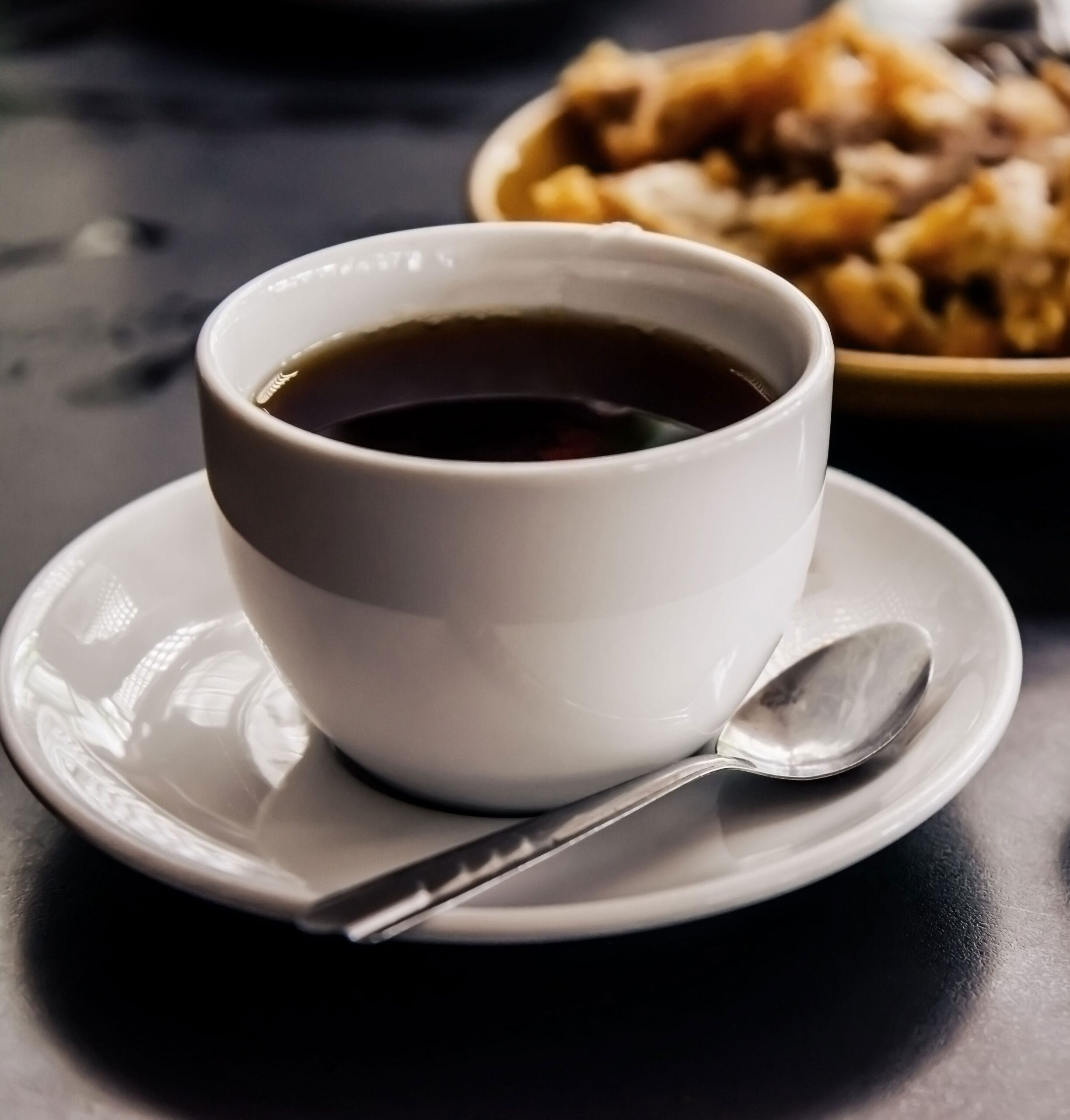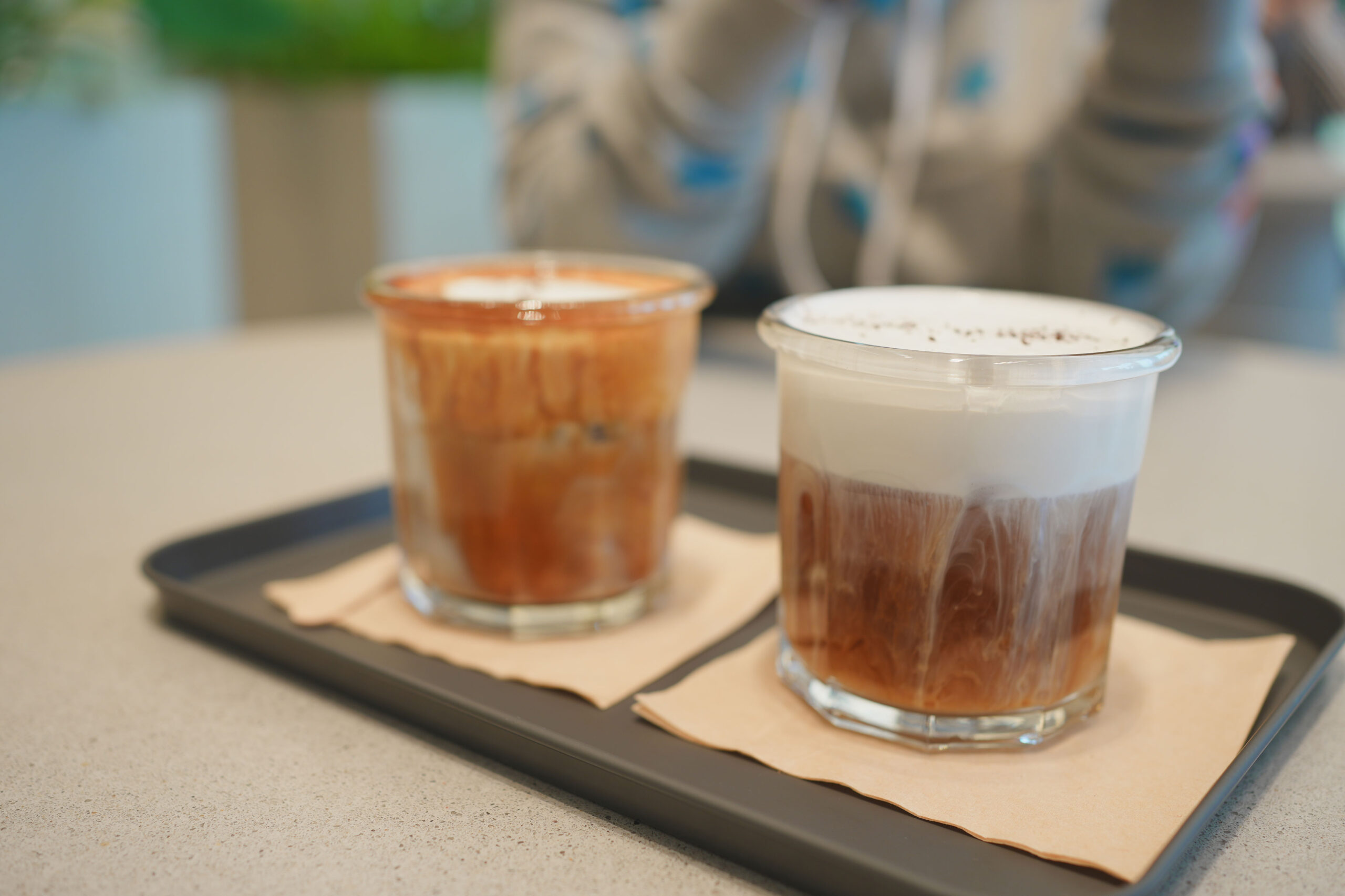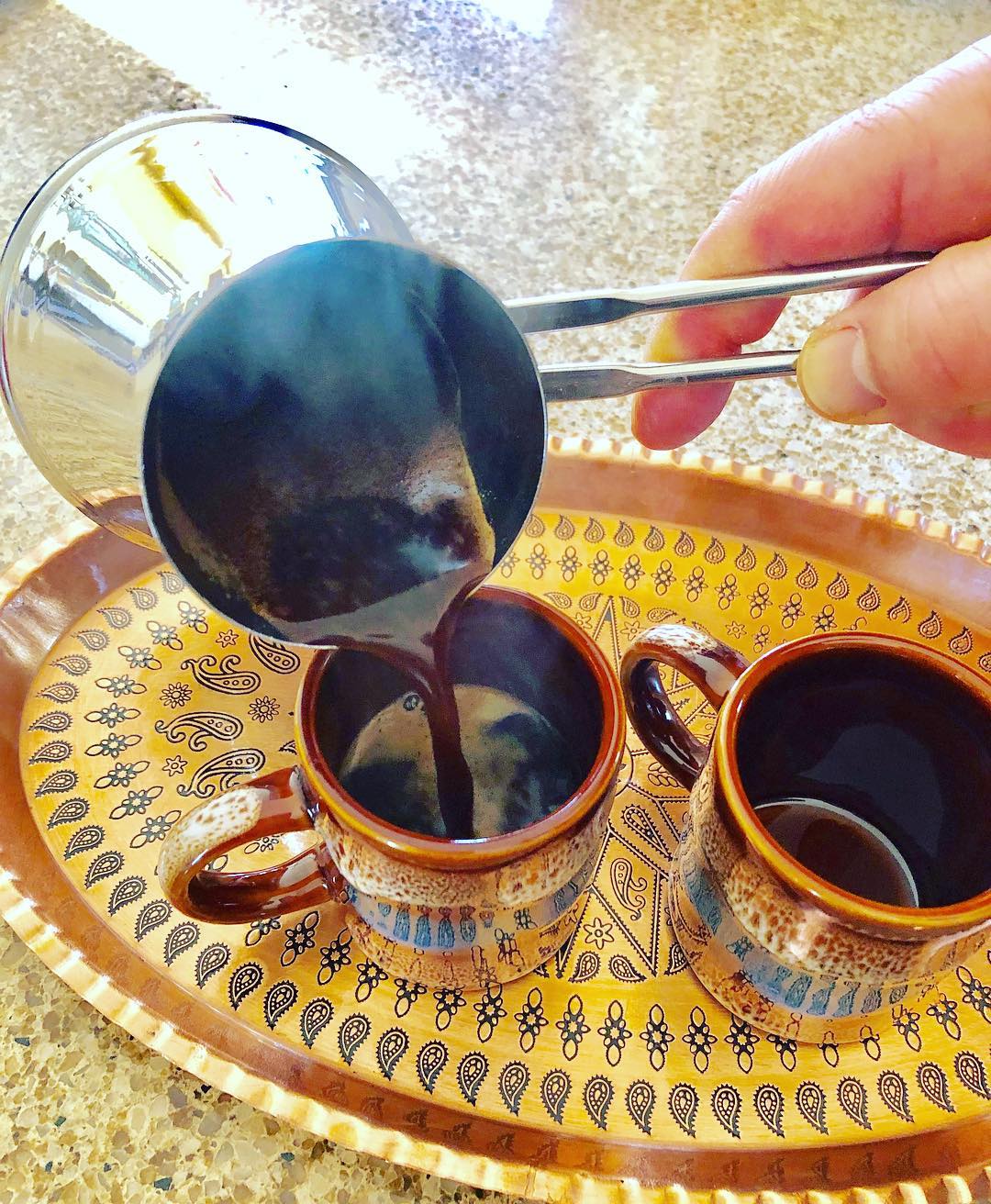Your Guide: Vienna's Coffee Houses
Coffee culture like nowhere else
Vienna’s coffee culture puts our daily Starbucks run to absolute shame – here, sitting down with a hot brew amongst gilded interiors is an almost ceremonial experience, and an integral part of everyday Viennese life. Patrons may nurse a single cup for several hours, and the coffeehouse is more than anything a spot for gathering with friends, sharing ideas, reading, writing, and otherwise whiling away an afternoon. A testament to their cultural importance, Vienna’s coffee houses (as a general whole) are listed as part of the UNESCO National Agency for the Intangible Cultural Heritage. Step inside one of Vienna’s palatial-looking coffeehouses to discover their unique magic for yourself.

Consider this your guide to feeling like a ‘stamgast’ (local) in a coffee shop in no time:
First a brief history of coffee in Vienna
Coffee was brought to Vienna by Turkish invaders in 1683 – or rather, it was accidentally left behind by the Turks when they were hastily forced out. While the Austrians were unsure what the coffee beans actually were, a Polish army officer who snuck behind enemy lines during the conflict had learned from the Turks, and shared his know-how by opening Vienna’s first coffee house, brewing the beans with milk and sugar to sweeten them. As fate would have it, his experiments proved to be a hit, and well, the rest is history.
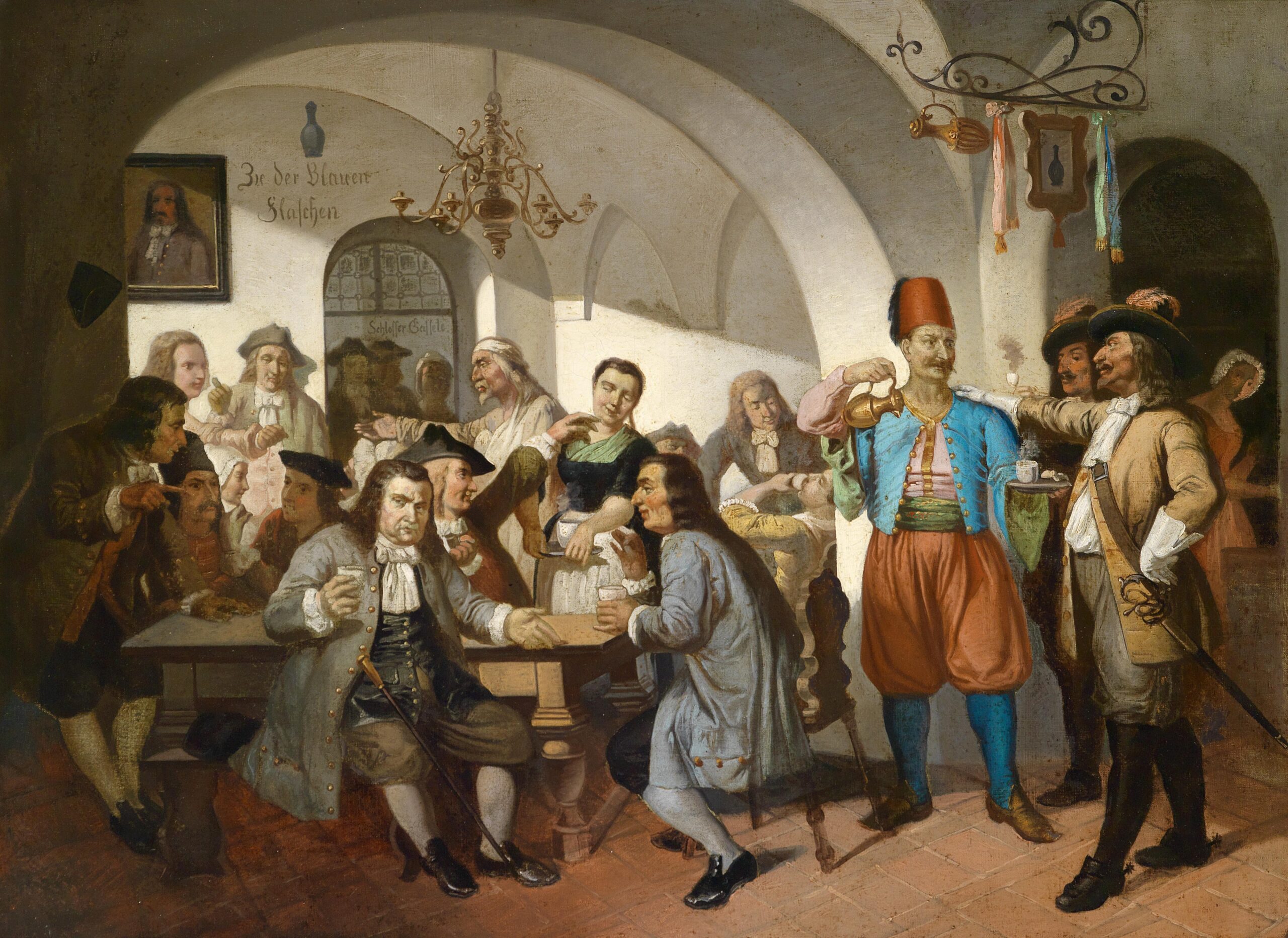
The options are endless, but here are a few Viennese coffees to get you started:
Not a big coffee person? You can find just as many sweets in a Viennese coffee shop:
Apfelstrudel
Apple strudel is one of Austria’s national dishes, and probably their most popular one worldwide. This sticky-sweet pastry was born from Turkish roots – sheets of flaky puff pastry are layered together, with a jammy apple filling. The first ever strudel recipe from 1686 can still be found on the shelves of the Viennese City Library. Today, you can have a strudel filled with anything from cabbage to pork to nuts to other fruits, but if you have just one, make it an apple one.

Sacher Cake
As the story goes, when Prince Metternich asked his courtly kitchen to prepare a very special dessert for his very special reception, Franz Sacher (16 years old at the time and filling in for an ill chef) got to work creating something entirely new. And so the ‘Sachertorte’ (Sacher Cake) was born! Chocolate base, with apricot jam and a thick chocolate-glaze finish, this is an indulgence fit for royalty.
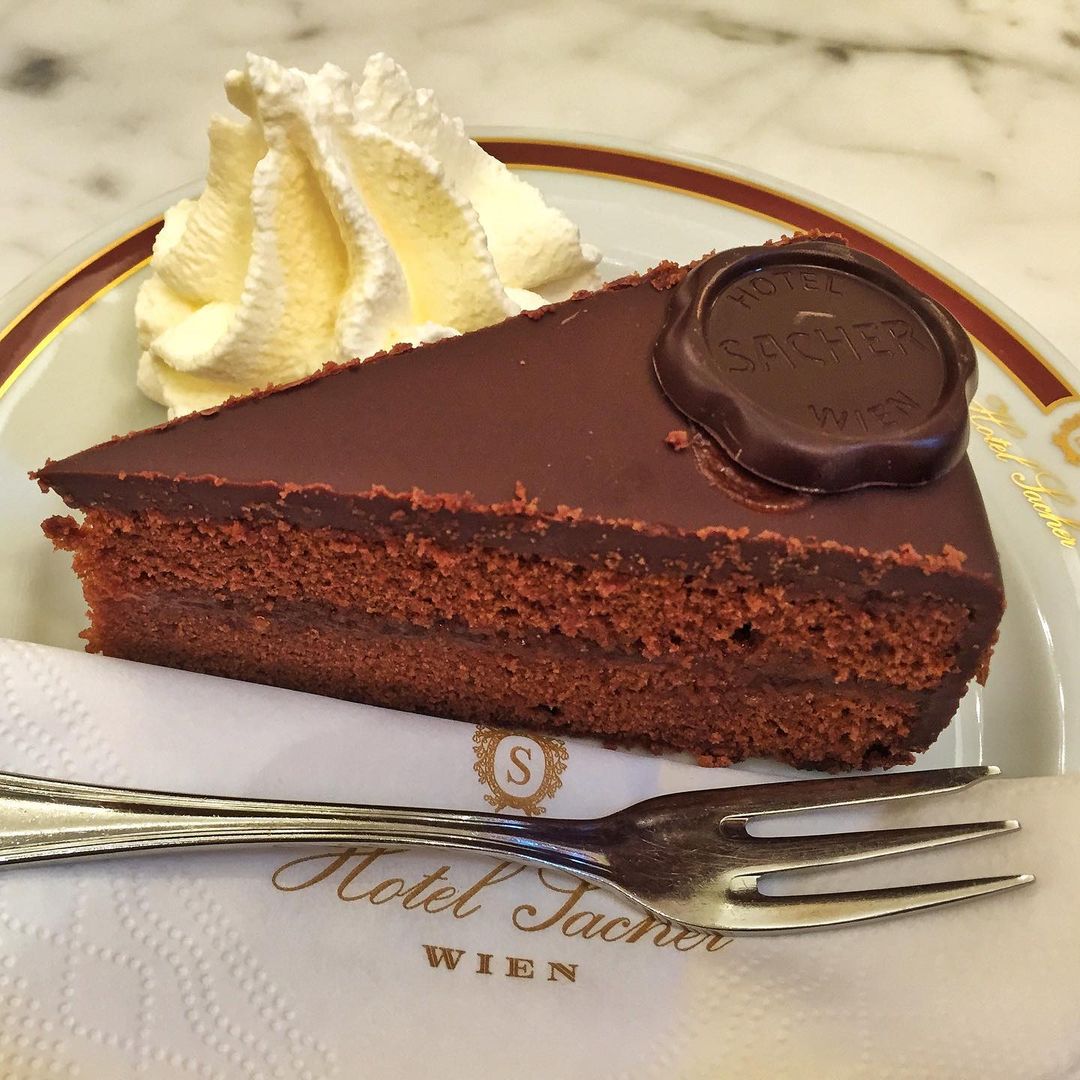
Kaiserschmarrn
Emperor Franz Joseph I was very demanding about the desserts he ate (sensing a theme here?) He required that the Palatschinken (pancakes) he ate for dessert were not too thick, or at all torn. If the chef prepared pancakes in such a poor condition, they were served to staff as ‘Kaiserschmarrn’, a dish of tattered pancake, mixed with raisins and sugar, and reheated in a pan until caramelized. In addition to being a sweet accompaniment for coffee, this dish is commonly eaten as a light lunch in coffee shops throughout Vienna.
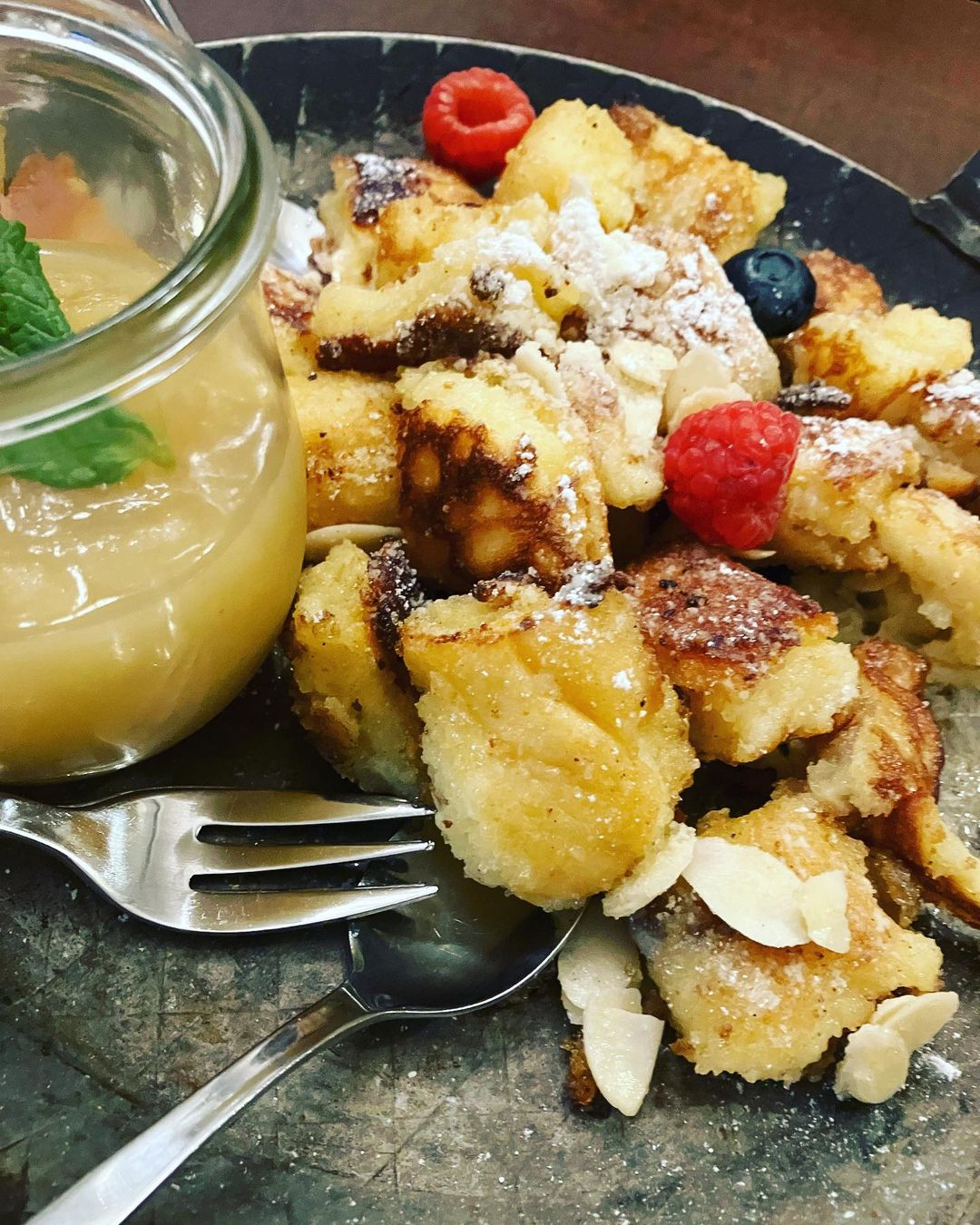
Ready to step inside? Here are three of our favourite coffee shops in Vienna:
Cafe Central
Cafe Central is the city’s most regal-looking coffeehouse, and has stood the test of time since 1876. Sit down at a plush banquette under vaulted ceilings, listening to live piano. Close your eyes and you can almost still hear the intellectual banter of Freud, Lenin, and Trotsky, who were once regulars here.
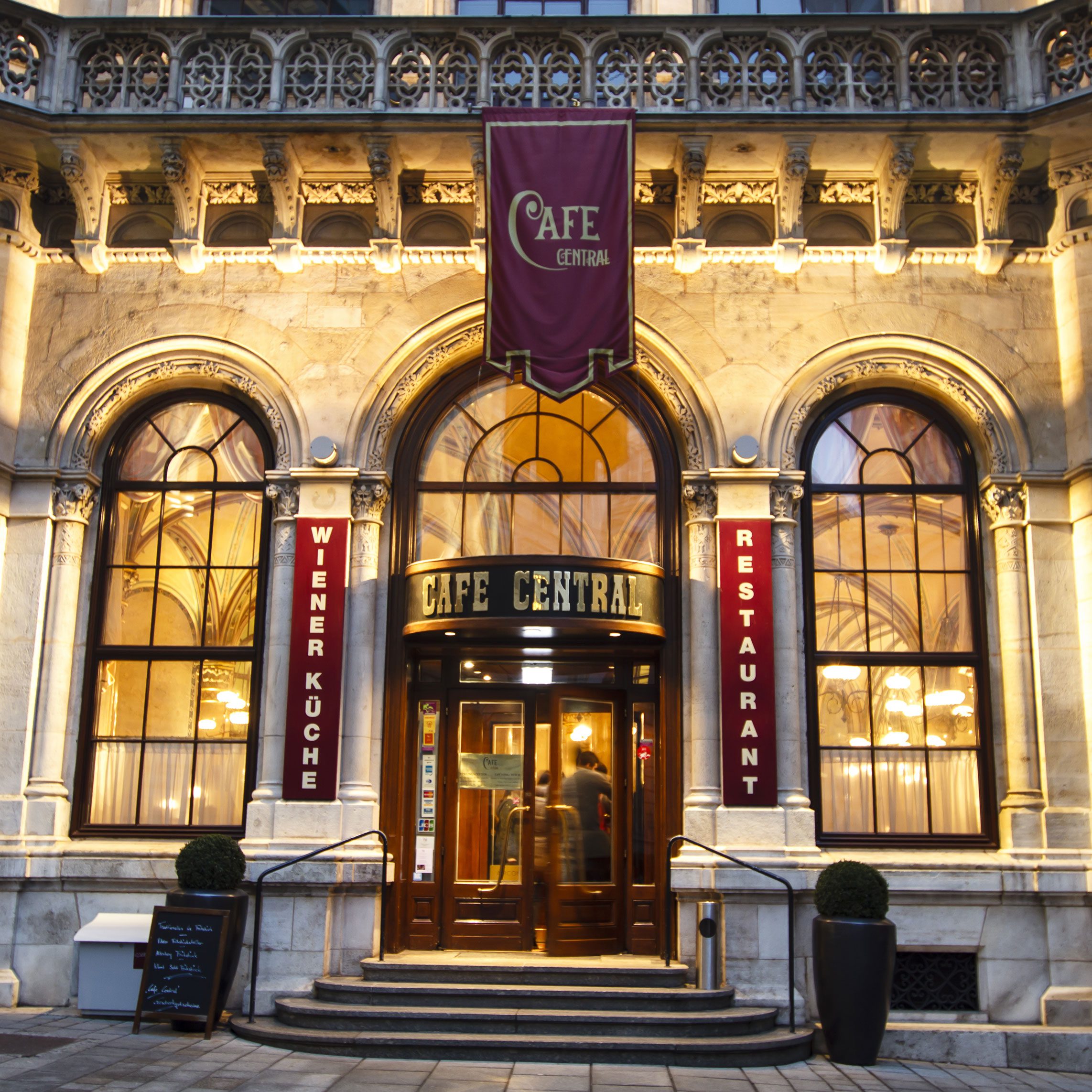
Café Frauenhuber
Café Frauenhuber is even older, and almost as grand. It first opened its doors in 1824, and is housed in a building which has been around since 1720. A true piece of Viennese history, Mozart and Beethoven both used to play here (though that was when it was an upscale restaurant, before it became a coffeehouse).
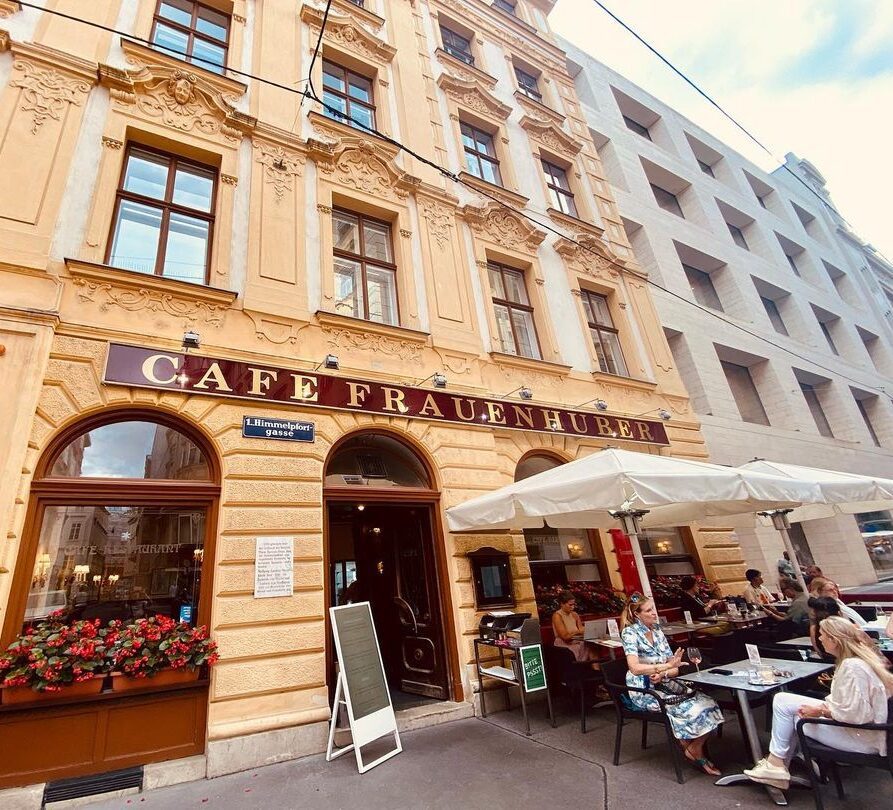
Café Prückel
Café Prückel is decked out with a slightly more modern sensibility – and by modern, we mean midcentury – but the menu remains as classic as it gets. With a mish-mash of 1950s style (think: brass and bamboo lamps, plush sofas, and pastel striped wallpaper on the ceiling) and Art Nouveau original fixtures (think: gold leaf details on the original ceiling next to the side entrance), it also houses a theatre in the basement. For these reasons, it’s a favourite amongst students from the nearby University of the Applied Arts and local patrons of the arts.

Why read about it?
Sip coffee on tour!
Prague, Krakow, Budapest & Vienna
Captivating moments await curious travellers and history buffs alike. Gaze at the evolution of different architectural styles. Walk across roman bridges while biting into a warm strudel. Quietly enjoy world-class street melodies. Taste a savoury Pierogi made using a century-old original recipe. Feel the emotional remnants of human conflict. These four cities and their countries come together seamlessly to form a timeless tour that will continue to mesmerize travellers for years to come.
Departures: September 2024April, May & September 2025

